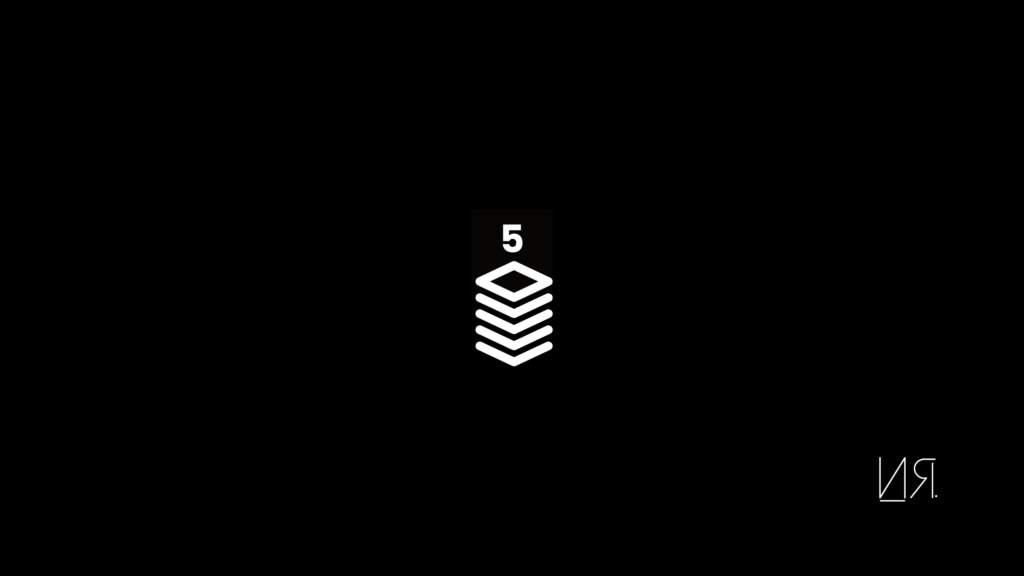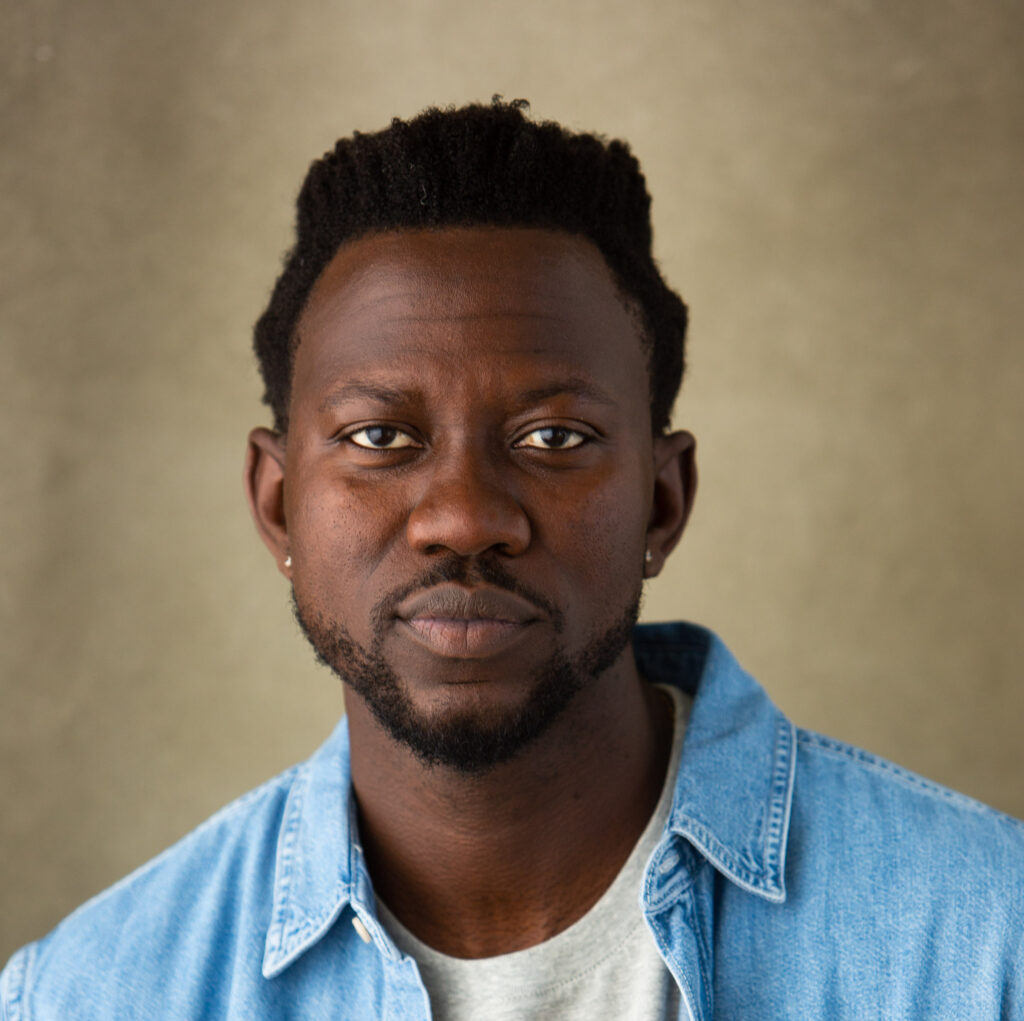Your everyday ordinary life + the unique insights you have = extraordinary story.
One of my first “viral posts” on LinkedIn happened about 5 years ago. I wrote about publishing my book. I got hundreds of reactions. It felt good.
I posted the next day. It got 2 reactions.
That’s when I realized, if I wanted to play the reactions game, at least on LinkedIn, you have to share some “profound achievement” like writing a book or selling a company, each day. I knew that wasn’t realistic.
That’s when I took a different approach.
A consistent one that was detached from virality. Over time, I started learning a storytelling tool of finding the “profound” in the ordinary.
Your story is only as interesting as you find it.
Inconsistent Kickstart:
Most people are so intimidated with starting.
A lot of what’s holding people back from creating educational content is the fear that they’d lose authenticity.
“Oh I’m a private person”
“I don’t have nor do I need something to share”
You don’t have to share your entire life nor be fake.
It’s about strategically sharing an authentic part of yourself that you’re comfortable sharing.
This also includes constantly challenging the bounds of your comfort zone.
It’s a practice of overcoming fear and shattering the constant resistance, which happens to be the rigid ego you’ve developed, that holds us all back.
This might sound like a huge revamp.
But it’s actually simpler than you think.
Creating authentic content is as simple as making observations and talking notes. It even makes life more enjoyable.
5 Steps to convert everyday moments into engaging stories:
Shakespeare used a proven storytelling technique.
He explored the extra-ordinary.
You take something ordinary that your audience can relate to. For instance, Hamlet is a story of a son that lost his father while his uncle stepped in. A story that families in 17th century England could relate to. And then you add “extra” to it, in the form of the father, appearing as a ghost to tell his son that his own brother (the son’s uncle) was responsible for the murder. Ordinary and Extra. Boom. Extraordinary story.
I learned this a few years ago and took a note of it in my note app.
Most of what I write is written before I have to write. Sounds ridiculous, right? But I learned this trick from a small book called “How To Take Smart Notes“ When you develop a system and tie that to a daily habit, achieving your goals becomes so much easier.
This applies to the daily practice of building educational content that can be helpful to others and helps you build an authentic brand.
When you develop your daily system, it helps you overcome resistance, it becomes more incorporated in your day, and it makes your life more interesting.
Here’s how to document in an authentic way:
1. Be a note-taker
Write before you need to write.
I’ve become intentional about what I consume. Every day, I have a goal to write down one note in obsidian (my current note-taking app). This note can be a fleeting thought, summary of something I watch on YouTube, or a chapter of a book I’ve read.
This practice forces me to be intentional.
With these notes, I have a series of thoughts and memories documented. So when it’s time to write or create content, like this newsletter, I never feel like I’m starting from scratch. I just go through my notes looking for ideas.
Take away the resistance of beginning all the time.
Just document the ordinary and content-creation becomes a lot easier.
2. Do the homework for life.
Summaries are good. Stories are a lot more powerful.
I learned this trick when I read Matt Dick’s book, Storyworthy. He shared an interesting exercise called “Homework for Life,” in which you create a log either in a notepad, note app, or excel sheet of daily experiences. All you have to do is take a minute each day to write down the most interesting thing that happened in your day.
Just a sentence, each day. I have a long list I’ve kept for 14 months now.
Your story is your most important source of leverage. The unique insights you have are the “extras.” With this log, you can take your notes (the ordinary), and incorporate the unique experiences from your life (extra) into “those notes and”extraordinary” observations and stories. These experiences brings life to your content.
Make observations in life.
Do the homework for life.
Added bonus, this practice makes life worth remembering and more enjoyable.
3. Start batching your work
I write on LinkedIn every single day.
But I don’t have the time to sit down and write a post each day. So I batch my posts. Every Monday morning, I take the newsletter I published the Saturday before and use it to create 5 – 7 posts. I make sure to format it to match the “LinkedIn Language” by making it more business and career-centric.
Then I schedule it in Taplio for the week.
This takes about 1 hour early on Monday morning before I get to my other tasks for the day. Each day, when the post goes live, I spend about 15 minutes a day interacting with others on LinkedIn. That’s it. Like you, I don’t currently have the time to create something every single day. So I batch my activities.
Whatever outlet you choose, start by segmenting it.
4. Develop a content system
You are a product of your environment, what you consume, and the systems you build.
If I didn’t have a system, I’d struggle to keep going. This is my 124th consecutive week of writing this newsletter and it all boils down to a system.
You need to develop a content assembly system to sustain your journey.
Here’s mine so far.
- Mon: Choose – a topic to write about.
- Tues: Plan – the structure and the goals of your content.
- Wed: Draft – write down the first draft of the article.
- Thur: Edit – the post to make sure it matches the initial goal.
- Fri: Schedule to publish.
- Sat and Sun: Rest, read, reflect. Analyze data.
- Mon: Repurpose content from newsletter into 5 – 7 LinkedIn posts. Choose a topic for the week.
- Repeat.
There’s no secret here. Just a process that works for me.
Whether you’re writing, creating videos, or recording a podcast, there’s a good chance that the content assembly line looks similar.
Develop your system to support your goals.
5. Build a daily habit (the AIS way)
Just sit and do the work for 15 minutes.
When I wrote my first book, Press Play, I developed an AIS system to help me get my manuscript to the finishing line. It means “Ass-in-Seat.” Before that, during writing sessions, I’d fidget in the chair, think about writing, research to write, and read other people’s writing. I’d do everything but writing itself.
With AIS, I set a 15-minute timer, disconnected from the internet, and wrote in the blank Google doc until the timer went off.
It didn’t matter what the output was, as long as I sat down to write. Sometimes, I’d write a full page, other times just a couple of sentences. This forced me to develop a habit of writing.
We all find ways to distract ourselves, procrastinate, and overthink, when we just have to overcome resistance and get the stuff done.
The stack of steps I’ve described above will only work with a daily habit.
Final thoughts
Consistency is the name of the game.
Leverage comes from the compounding effects of doing little acts consistently. This applies to building an authentic brand through educational content that’s infused with your personal story and experiences.
You achieve that by being observant, creating a system, and developing a daily habit.
I hope you’ll take small steps each day to develop the life you want.
Yours truly,
Nifemi



